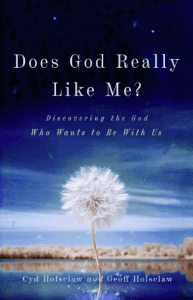 In the middle of any commitment to a relational ministry will be the gift or ministry of empathy. Andrew Root, in his new and important study about pastoral theology called Relational Ministry, takes us one step at a time into an education in relationally. Empathy rates high in any emotional intelligence or relational ministry. If earlier today we looked at Roger Olson’s “relational theology” now we look at Root’s relational ministry.
In the middle of any commitment to a relational ministry will be the gift or ministry of empathy. Andrew Root, in his new and important study about pastoral theology called Relational Ministry, takes us one step at a time into an education in relationally. Empathy rates high in any emotional intelligence or relational ministry. If earlier today we looked at Roger Olson’s “relational theology” now we look at Root’s relational ministry.
But what is empathy? What happens to ministry when pastoring involves empathy?
Root: “Empathy is the spiritual reality that takes us into, that moves us to indwell, another” (91). Empathy for Root is the feeling or emotions that constitute personhood.
Individualism, and narcissism, refuse to enter into empathy. Empathic feelings derail individualism’s quest. “Individualists hate emotion” (92). Which is another way of saying that those who hate emotions are individualists.
Faking empathy is diabolical.
What empathy does at the level of spirit — indwell the other — the “hug” does at the physical level. Root is careful to observe: “It may be true that in good practice a pastor should never hug … [because] bodily given hugs may become a confused text” (93). One should be careful with hugging, though for many it is an expected form of greeting. At the level of ontology, Root states, hugs are natural and represent indwelling empathy.
Empathy is imaginative feelings.
What is the difference between empathy and sympathy? For Root, empathy is about subjects and sympathy is about objects. (This is his approach.)
We have sympathy when someone loses an object — like a fountain pen or an Apple product — while we have empathy when we enter into their deeper personhood. It is the feeling of another person’s vulnerabilities (and joys). Sympathy can stand on the sidelines emotionally; empathy can’t.











